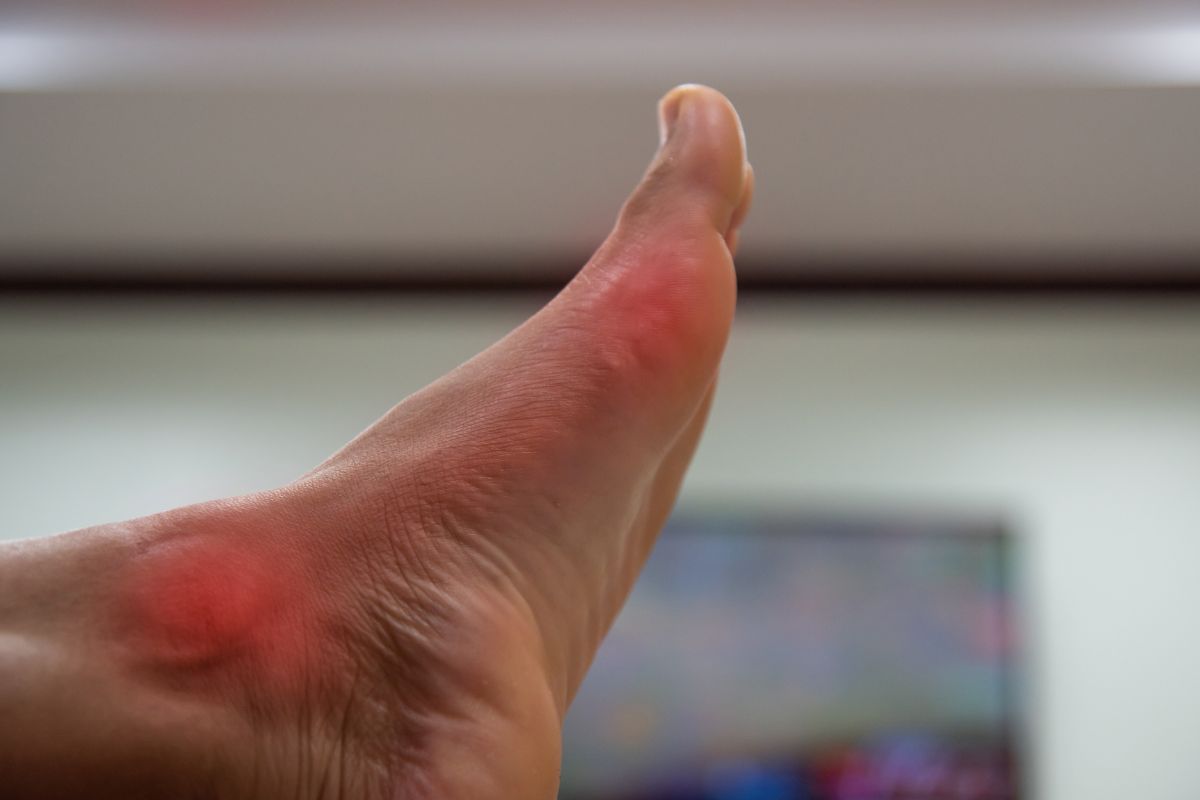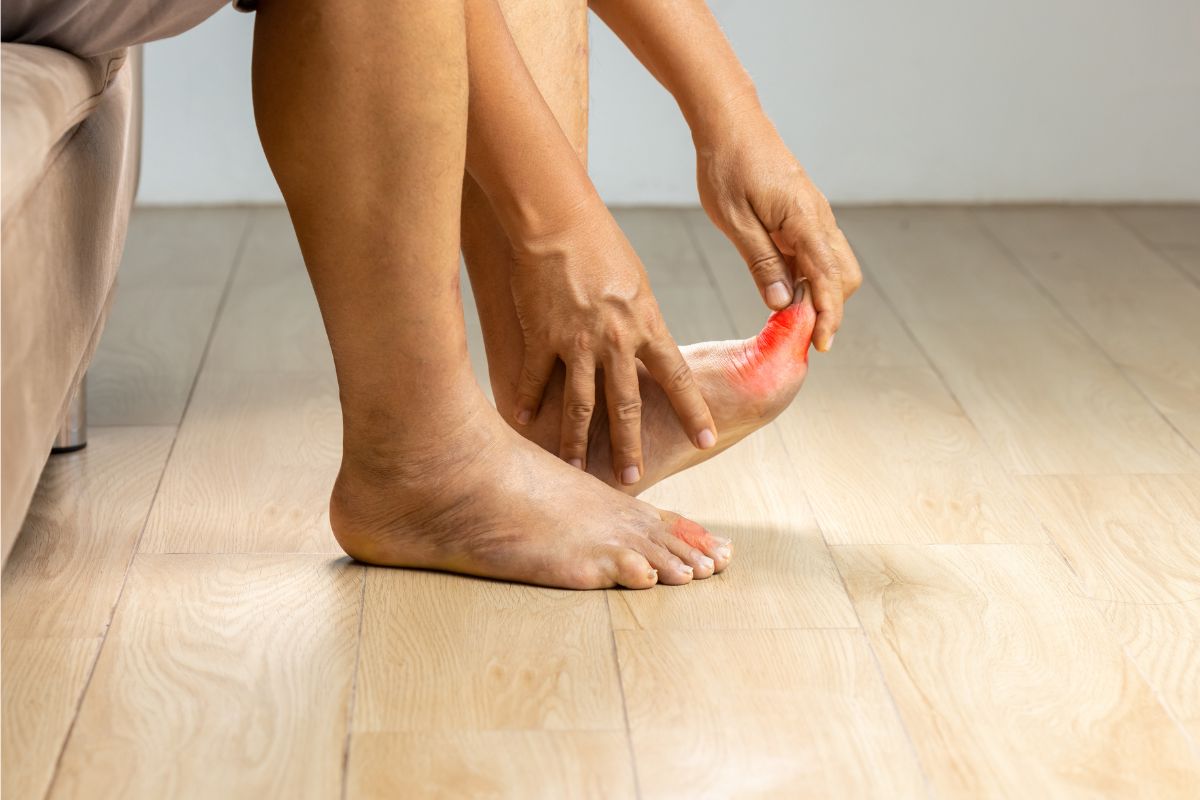Many people suffer from arthritis, a debilitating condition that affects the joints. Because of the discomfort and irritation, it might cause, it can be hard to move around or keep up with daily activities.
That said, it’s important to know how to take care of and treat arthritis. Let’s dig deeper into this here.
What Is Arthritis?
Arthritis is an umbrella concept for more than one hundred different illnesses. Arthritis literally translates to “joint inflammation,” which is a normal response of the body to infection or trauma. Swelling, discomfort, and stiffness are all symptoms of this condition. Long-term or recurrent inflammation, as seen in arthritis, can cause permanent tissue damage.
This condition often affects the joints in your feet, either because of natural ageing or because of the cumulative effects of a lifetime of bearing your body weight and engaging in physical activity on those joints.
Foot mobility issues may become apparent as arthritis worsens. When the toes are unable to flex normally, they may become stuck in a splayed position. Because of this, a thick layer of skin forms around the affected joint.
A bone spur, an outgrowth of a joint, can cause similar irritation when it scrapes against your shoe. Thus, foot arthritis, if left untreated, can develop chronic joint deformity, limiting mobility and enduring discomfort.
How to Diagnose Arthritis
If you are unclear who to see for a diagnosis of arthritis, your primary care physician is an excellent initial option. Joint fluid, joint warmth, and joint redness will be noted, and the patient’s range of motion will be recorded as part of the physical examination. If your doctor thinks it would be beneficial, they can recommend a specialist.
But there are additional tests that can be performed in a lab. It is possible to determine the type of arthritis you have by testing various bodily fluids. Among the most often tested body fluids are blood, urine, and joint fluid.
On the other hand, to create an image of your skeleton and cartilage, your doctor will most likely employ an imaging scan technique like an X-ray, MRI, or CT. They can then rule out less likely reasons, including bone spurs, for your symptoms.

How Is Arthritis Treated
The goals of treating arthritis include symptomatic relief and enhanced joint function. To find the therapy that best suits your needs, you may need to test a few different options. The diagnosis and severity of the underlying illness will determine the best course of treatment for arthritis. Prioritizing reducing inflammation and enhancing joint function can prevent further damage.
Your doctor may recommend acetaminophen or a nonsteroidal anti-inflammatory medicine (NSAID) to alleviate the pain and swelling caused by osteoarthritis or rheumatoid arthritis. However, surgery may be necessary to alleviate arthritic pain and restore mobility and joint function. Joint replacement surgery may be the only option if the damage caused by arthritis becomes severe.
On the other hand, a home remedy, such as dry heat or a hot-water bottle wrapped in a towel, might help alleviate pain and stiffness. Short-term relief from the condition is achieved with the use of heat and subsequent rest.
Conclusion
Arthritis is a degenerative joint condition. It comes in a variety of forms, each of which can be painful and restricting to movement. But hopefully, this article has helped you understand what arthritis is. Additionally, if you feel any discomfort, consult your doctor immediately.





